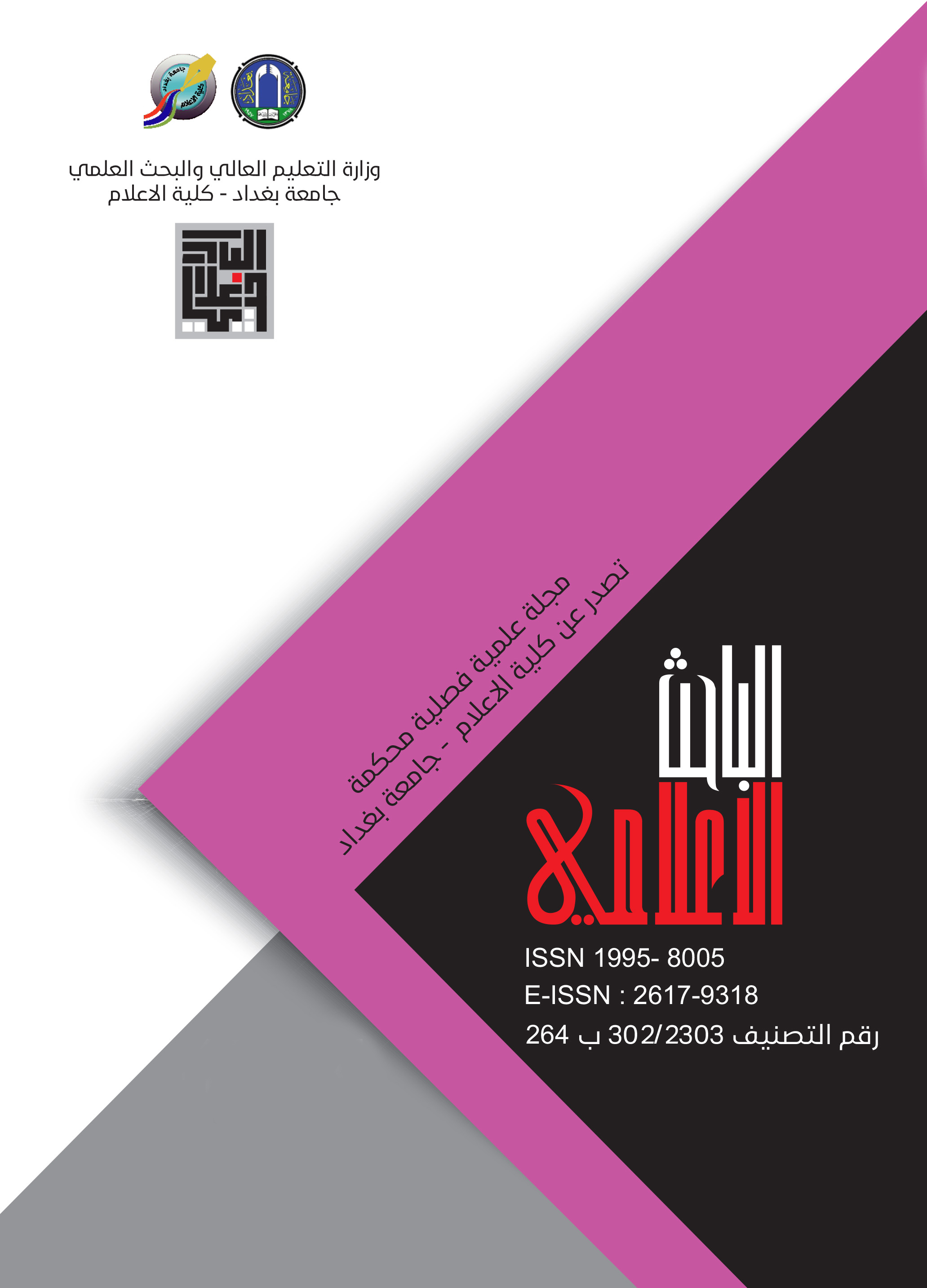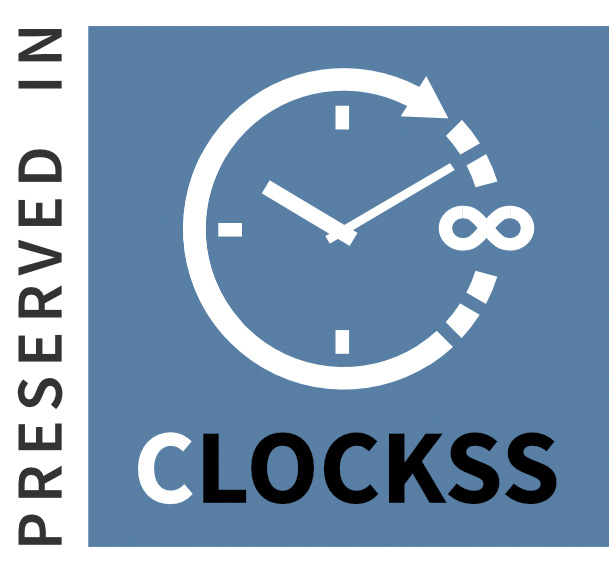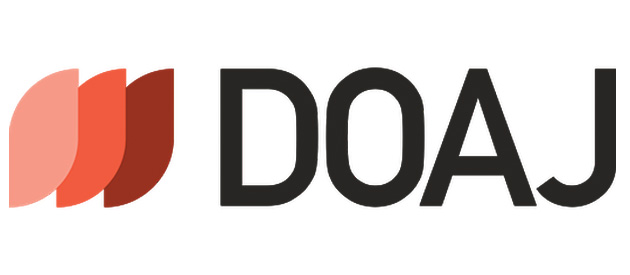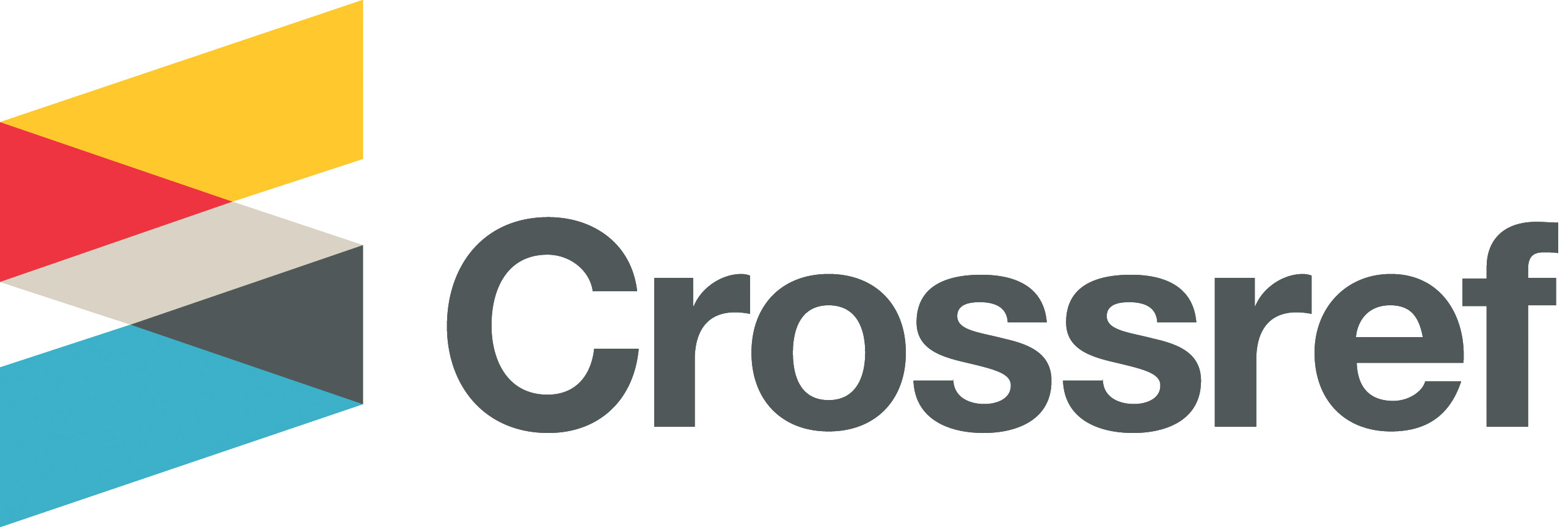الأساليب الاتصالية لمروجي المخدرات وانعكاسها على الشباب في بغداد
DOI:
https://doi.org/10.33282/abaa.v17i68.1255الكلمات المفتاحية:
الأساليب الاتصالية، مروجو المخدرات، متعاطو المخدرات، التأثيرات النفسية والاجتماعيةالملخص
الأهداف: يهدف هذا البحث إلى التعرّف على الأساليب الاتصالية التي يستخدمها مروّجو المخدرات في مدينة بغداد، وفهم الأسباب والعوامل التي تؤدي إلى تعاطي المخدرات بين فئة الشباب، وتحليل اللغة والطرائق الإقناعية المستخدمة في استمالة الشباب نحو التعاطي، وبيان الآثار النفسية، والاجتماعية، والاقتصادية الناجمة عن هذه الأساليب.
المنهجية: اتّبع البحث المنهج الكيفي الاستكشافي، واعتمد الباحث المقابلة المعمّقة كأداة رئيسة لجمع البيانات، شملت العينة القصدية (15) مشاركًا من مروّجي المخدرات والمتعاطين، إضافة إلى مختصين من ضباط مكافحة، أطباء نفسيين، وصحفيين، وقد جرى تحليل المقابلات لرصد الأساليب الاتصالية وتفسير آثارها.
النتائج: أظهرت النتائج أن العلاقات الاجتماعية التقليدية لا تزال تشكّل الوسيلة الأبرز في عمليات الترويج، ومع ذلك فإن الاستخدام المهني لتلك المنصات لا يزال يتطلب الحذر، ولا سيّما فيما يتعلق بالتحقق من صحة المعلومة والمحتوى، وتوصي والنفسي يُعدّ من أبرز العوامل التي تُستغل في جذب المتعاطين، وأن التحوّل من متعاطٍ إلى مروّج يُمثّل مرحلة خطرة ناتجة عن تلك الأساليب، وخلصت الدراسة إلى ضرورة تبنّي مقاربات وقائية شاملة تعتمد على التثقيف المجتمعي، وتعزيز الرقابة الأسرية، إلى جانب المواجهة الأمنية.
الخلاصة: كشف البحث عن ديناميكيات اتصالية معقّدة تستخدم في استدراج الشباب إلى التعاطي، تُبنى أساسًا على استغلال الثقة والعلاقات الاجتماعية، وعلى الرغم من انتشار التكنولوجيا، لا تزال الأساليب التقليدية هي الأكثر فاعلية في السياق العراقي، مما يتطلب استراتيجية وطنية وقائية متعددة الأبعاد، تجمع بين التوعية الأسرية، والملاحقة الأمنية، والدعم النفسي والاجتماعي لفئة الشباب.
التنزيلات
المراجع
Ahmed, M. A., & Masitula, N. (2024). PSYCHOLOGICAL EFFECTS AND MEASURES TO PUT IN TO PREVENT EFFECTS OF DRUG ABUSE AMONG STUDENTS OF PUBLIC SECONDARY SCHOOL IN EMBAKASI CONSTITUENCY IN KENYA. A CROSS-SECTIONAL STUDY. SJ Mental Health Africa, 1(7), 1-5. https://doi.org/10.51168/amb2fd44
Al-Waqa'i Al-Iraqiya Gazette. (2017). The Narcotics and Psychotropic Substances Law No. (50) of 2017. Retrieved from https://www.moj.gov.iq/upload/pdf/4446.pdf
Aldridge, J., & Askew, R. (2017). Delivery dilemmas: How drug cryptomarket users identify and seek to reduce their risk of detection by law enforcement. International Journal of Drug Policy, 41, 101-109. https://doi.org/10.1016/j.drugpo.2016.10.010
Alomari, A. R. B. A. (2015). the effects of addiction on the cognitive processes have raised considerable controversy about the generalization of the effects of drugs with their different types on the performance of cognitive processes. Arab Studies in Education and Psychology, 58(58), 205-222. https://doi.org/10.12816/0022415
Atkyns, R. L., & Hanneman, G. J. (1974). Illicit Drug Distribution and Dealer Communication Behavior. Journal of Health and Social Behavior, 15(1), 36-43. https://doi.org/10.2307/2136924
Bardwell, G., Boyd, J., Arredondo, J., McNeil, R., & Kerr, T. (2019). Trusting the source: The potential role of drug dealers in reducing drug-related harms via drug checking. Drug and Alcohol Dependence, 198, 1-6. https://doi.org/10.1016/j.drugalcdep.2019.01.035
Bochmann, G., & Sunshine, C. (1980). Formal Methods in Communication Protocol Design. IEEE Transactions on Communications, 28(4), 624-631. https://doi.org/10.1109/tcom.1980.1094685
Clark, H. H. (2016). Depicting as a method of communication. Psychological Review, 123(3), 324-347. https://doi.org/10.1037/rev0000026
Coomber, R. (2010). Reconceptualising drug markets and drug dealers — the need for change. Drugs and Alcohol Today, 10(1), 10-13. https://doi.org/10.5042/daat.2010.0122
Dewey, M., & Buzzetti, A. (2024). Easier, faster and safer: The social organization of drug dealing through encrypted messaging apps. Sociology Compass, 18(2), e13175. https://doi.org/10.1111/soc4.13175
Editorial Staff. (2024). Alcohol and Drug Abuse Statistics (Facts About Addiction). American Addiction Centers. https://americanaddictioncenters.org/addiction-statistics
Frey, L. R., Botan, C. H., & Kreps, G. L. (2000). Investigating Communication: An Introduction to Research Methods (2 ed.). Allyn and Bacon. https://uurimismeetodid.pbworks.com/f/00%20Investigating%20Communication.%20Contents%20and%20Preface.PDF
Hu, C., Liu, B., Li, X., Ye, Y., & Yin, M. (2024). Knowledge-prompted ChatGPT: Enhancing drug trafficking detection on social media. Information & Management, 61(6), 104010. https://doi.org/10.1016/j.im.2024.104010
Huang, L.-C., Wu, X., & Chen, J. Y. (2011). Predicting adverse side effects of drugs. BMC Genomics, 12(5), S11. https://doi.org/10.1186/1471-2164-12-S5-S11
Ibrahim, A. G., Hashimu, S., & Yabo, S. (2022). The social impact of drug abuse on student academic performance in Umaru Ali Shinkafi Polytechnic Sokoto State Nigeria. The Beam: Journal of Arts and Science, 14(2), 1118-5953. https://journal.uaspolysok.edu.ng/thebeam/articles.php?ids=view&jid=474
Korshøj, N. T., & Søgaard, T. F. (2024). Hybrid drug dealing: Merging on- and offline spheres when dealing drugs via social media. International Journal of Drug Policy, 130, 104509. https://doi.org/10.1016/j.drugpo.2024.104509
Lewis, S. C., & Molyneux, L. (2018). A Decade of Research on Social Media and Journalism: Assumptions, Blind Spots, and a Way Forward. Media and Communication, 6(4), 11-23. https://doi.org/10.17645/mac.v6i4.1562
Lubran, M. M. (1989). Hematologic side effects of drugs. Annals of Clinical & Laboratory Science, 19(2), 114-121. https://www.annclinlabsci.org/content/19/2/114.short
Macnamara, J., & Zerfass, A. (2012). Social Media Communication in Organizations: The Challenges of Balancing Openness, Strategy, and Management. International Journal of Strategic Communication, 6(4), 287-308. https://doi.org/10.1080/1553118x.2012.711402
Muzil, J. A., Abdulwahid, D. A., Abed, A. H., & Kammad, Z. A. (2023). Substance abuse in Iraq, Quantifying the Picture. Journal of Population Therapeutics and Clinical Pharmacology, 30(12), 302-313. https://doi.org/10.47750/jptcp.2023.30.12.036
Nelson, E.-U. E., & Ramirez, T. M. (2022). “The business is about knowing who to sell to”: Nigerian retail-level drug dealers’ strategies for avoiding police arrest. International Journal of Law, Crime and Justice, 68. https://doi.org/10.1016/j.ijlcj.2021.100510
Olla, M. (2024). Addiction In The Workplace: Statistics and Economic Impact. Valley Spring Recovery Center Retrieved August 30 from https://valleyspringrecovery.com/addiction/drug/statistics/workforce/
Søgaard, T. F., Kolind, T., Haller, M. B., & Hunt, G. (2019). Ring and bring drug services: Delivery dealing and the social life of a drug phone. International Journal of Drug Policy, 69, 8-15. https://doi.org/10.1016/j.drugpo.2019.02.003
Taylor, M., & Potter, G. R. (2013). From “Social Supply” to “Real Dealing”:Drift, Friendship, and Trust in Drug-Dealing Careers. Journal of Drug Issues, 43(4), 392-406. https://doi.org/10.1177/0022042612474974
التنزيلات
Key Dates
الإستلام
النسخة النهائية
الموافقة
منشور
إصدار
القسم
الرخصة
الحقوق الفكرية (c) 2025 الباحث

هذا العمل مرخص بموجب Creative Commons Attribution 4.0 International License.

















